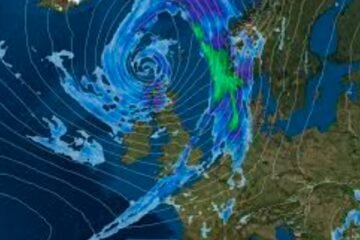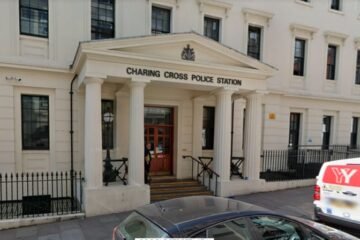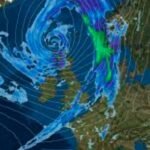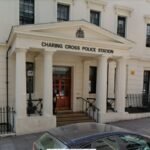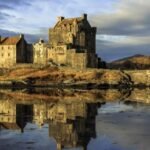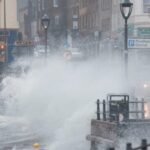Scotland’s skies were painted with stunning shades of green and purple on New Year’s Eve, as the Northern Lights dazzled viewers across the country. The celestial show was a welcome spectacle after many Hogmanay fireworks displays were canceled due to weather concerns, allowing the aurora borealis to take center stage.
A Magical New Year’s Eve Display
As 2025 began, the aurora borealis made a spectacular appearance across parts of Scotland, delighting stargazers from the Outer Hebrides to Perthshire and Aberdeenshire. The natural light display, which occurs when charged particles from the sun interact with the Earth’s atmosphere, was visible against the backdrop of clear winter skies.
Photographers and locals alike flocked to the countryside and coastal regions to witness the ethereal beauty of the aurora, which was said to be one of the most intense in recent years. The dancing lights provided a perfect alternative to the usual fireworks displays that had been canceled in several areas due to poor weather forecasts.
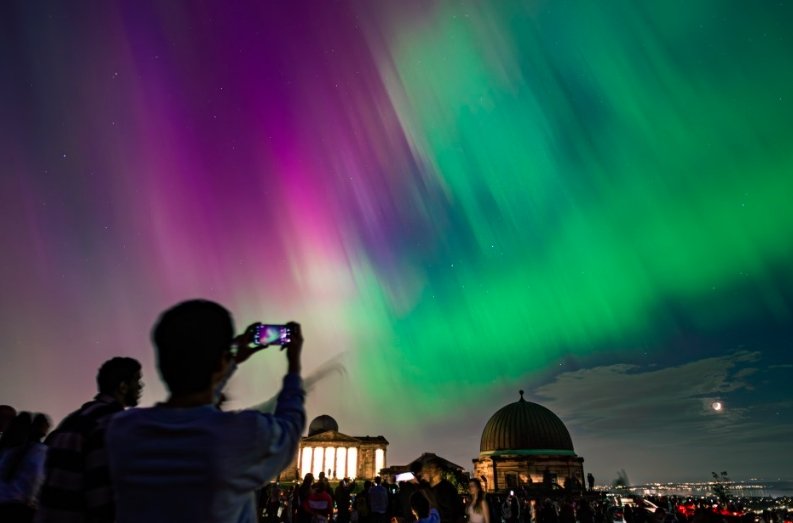
Northern Lights Reach New Heights in 2025
For many, the Northern Lights are a rare phenomenon, one that requires a bit of luck and clear skies to witness. The latest displays on New Year’s Eve were especially captivating, as they extended over wide stretches of the Scottish Highlands, creating an unforgettable spectacle for those lucky enough to catch a glimpse.
While aurora alerts were issued in advance, the region’s relatively clear skies helped make the experience even more magical. Whether viewed from the rugged shores of the Hebrides or the hills of Aberdeenshire, the lights offered an ethereal reminder of nature’s power and beauty, marking the arrival of a new year with wonder.
What’s Next for Aurora Watchers?
This year’s first major aurora display is a promising sign for skywatchers across Scotland. Experts are predicting that 2025 could be a particularly active year for the aurora borealis, as the solar cycle enters a period of increased activity, offering more opportunities to witness the lights in all their glory.
For those hoping to see the Northern Lights themselves, experts suggest heading to areas with minimal light pollution, like the Highlands, Islands, and rural parts of the mainland. Although auroras are most commonly visible in the winter months, they can appear at any time of year, especially during periods of heightened solar activity.


